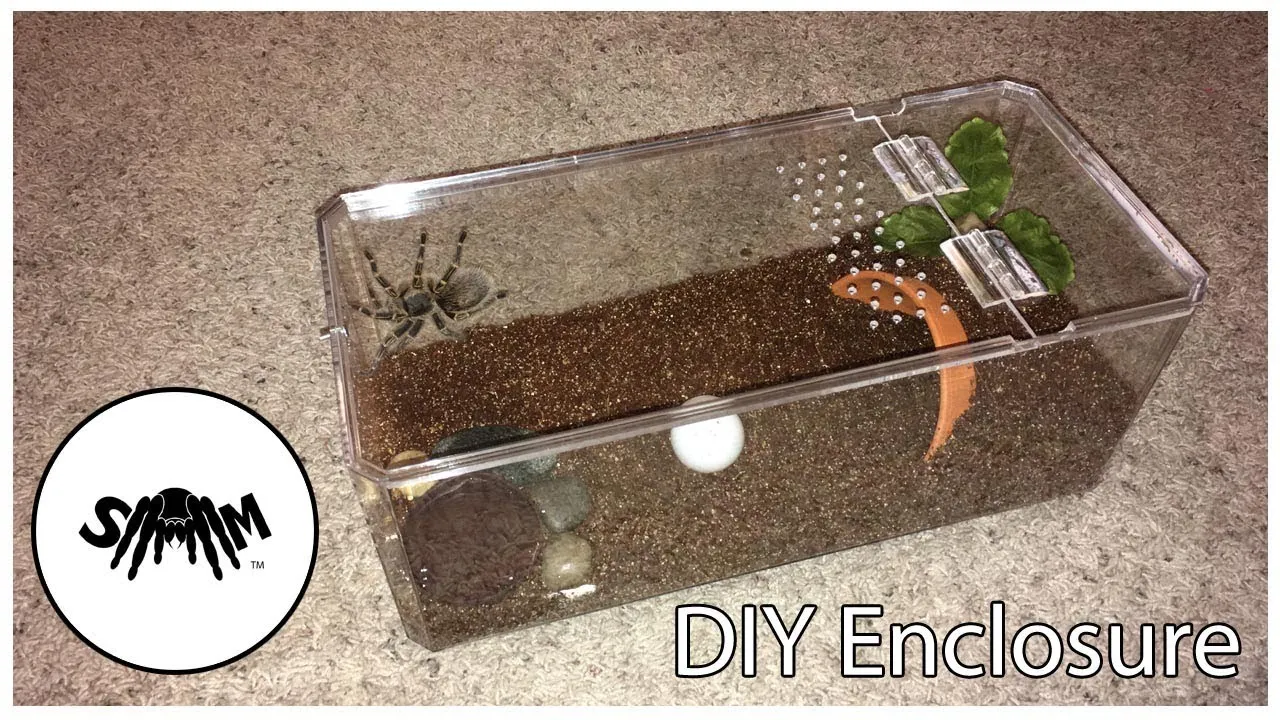Setting up a tarantula habitat can seem daunting at first, but with the right information, it becomes a manageable and rewarding experience. This guide, “Tarantula Setup 101 Your Ultimate Guide”, provides a comprehensive overview of everything you need to know to create a safe, comfortable, and enriching environment for your eight-legged friend. From choosing the perfect enclosure to maintaining optimal humidity and temperature, we’ll cover all the essential aspects of tarantula care. This guide is perfect for beginners, offering clear, concise instructions and helpful tips to ensure your tarantula thrives.
Choosing the Right Tarantula Enclosure
The enclosure is the foundation of your tarantula’s habitat. Selecting the right one is crucial for your pet’s well-being. The enclosure should be escape-proof, well-ventilated, and appropriately sized for the tarantula’s species and size. Consider the tarantula’s arboreal (tree-dwelling) or terrestrial (ground-dwelling) nature, as this will influence the enclosure’s dimensions and design. Clear enclosures allow for easy viewing, but ensure the material is durable and won’t warp or crack. A well-chosen enclosure simplifies maintenance and provides a comfortable home.
Enclosure Size Considerations
Enclosure size is one of the most critical aspects of tarantula setup. A general rule of thumb is to provide a space that is at least twice the tarantula’s leg span in width and length. For arboreal species, the height should be sufficient for climbing. An enclosure that is too large can make it difficult for the tarantula to find food, while one that is too small will restrict its movement and potentially cause stress. As your tarantula grows, you’ll need to upgrade to a larger enclosure to accommodate its increasing size. Ensure the enclosure is secure to prevent escape.
Ventilation Requirements
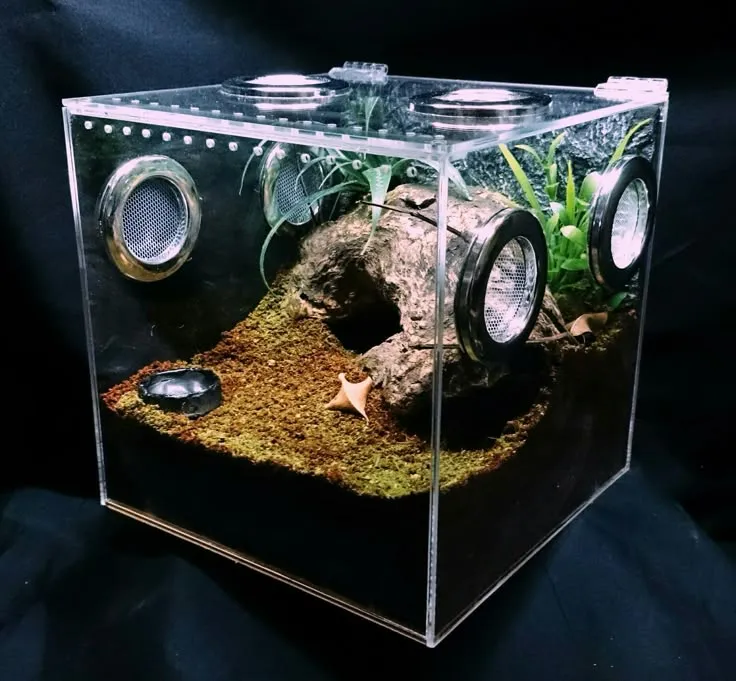
Proper ventilation is essential to prevent the buildup of harmful bacteria and maintain optimal humidity levels. The enclosure should have cross-ventilation, with air flowing in from one side and out the other. This helps prevent mold and stagnant air, both of which can be detrimental to your tarantula’s health. Avoid enclosures with only top ventilation, as this can lead to excessive humidity and poor air circulation. Mesh lids are a common option, but ensure the mesh size is small enough to prevent escapes.
Substrate Selection for Your Tarantula
The substrate provides a base for the enclosure, mimicking the tarantula’s natural environment. It serves multiple purposes, including providing a place to burrow (for terrestrial species), absorbing waste, and helping to regulate humidity. The ideal substrate should be non-toxic, absorbent, and easy to clean. The substrate should also be deep enough to allow for burrowing, particularly for burrowing tarantula species. A proper substrate enhances the aesthetic appeal of the enclosure and contributes to your tarantula’s overall well-being. The selection of substrate depends on the tarantula species’ requirements, considering humidity and burrowing habits.
Popular Substrate Options
Several substrate options are available, each with its own advantages and disadvantages. Coco fiber (coconut coir) is a popular choice due to its excellent moisture-retention properties and availability. Sphagnum moss is another option that is great for maintaining humidity, especially for humid-loving species. A mixture of peat moss and vermiculite can also provide a balanced environment. Avoid using substrates like sand or gravel, as they are not ideal for burrowing and may be difficult to maintain. Ensure that any substrate you choose is free of pesticides and other chemicals.
Maintaining Substrate Humidity Levels
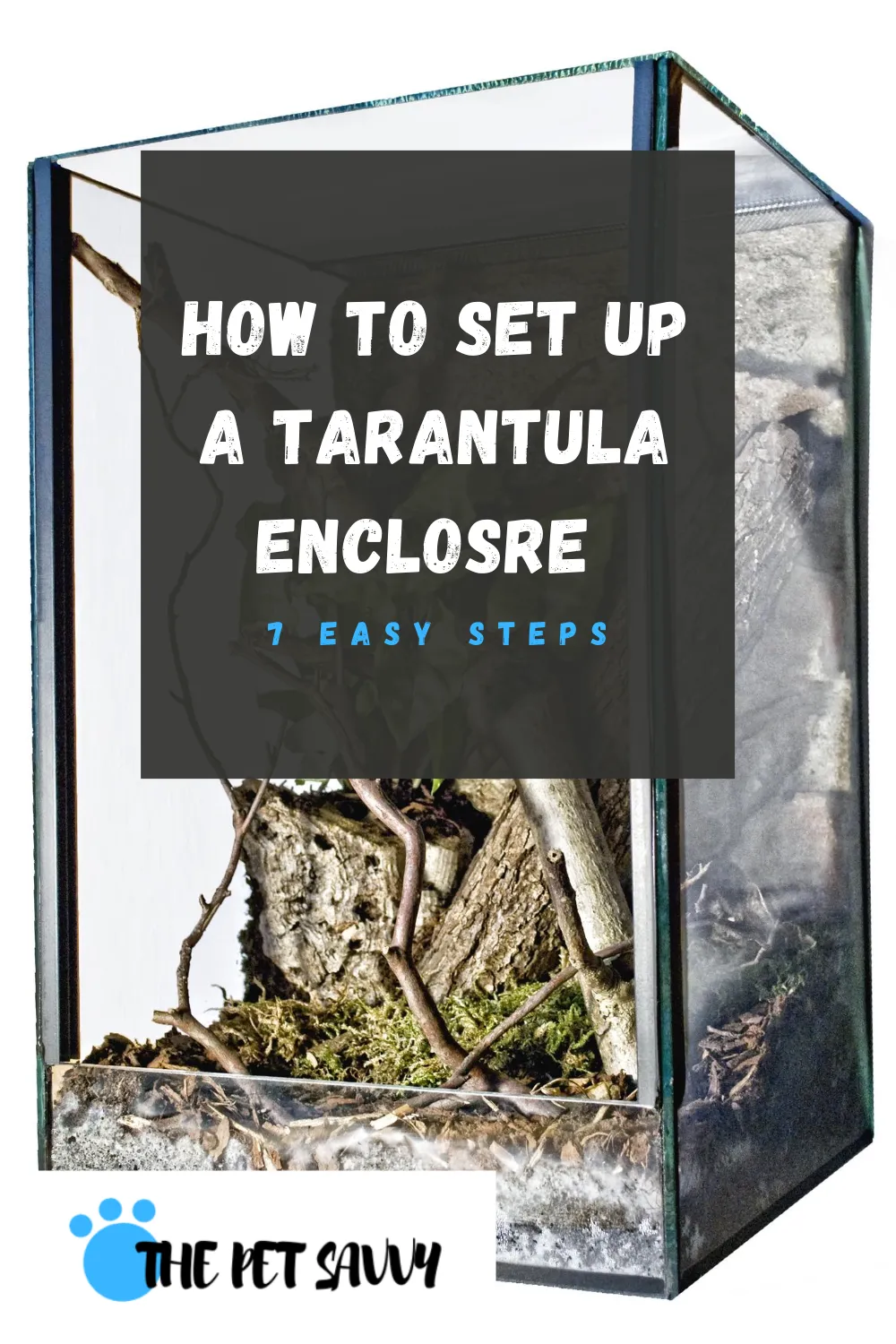
Maintaining the correct humidity level is crucial for your tarantula’s health. The humidity level should be appropriate for the specific species, with some species requiring higher humidity than others. You can monitor the humidity using a hygrometer. To increase humidity, mist the enclosure with dechlorinated water, typically once or twice a week, depending on the species. Avoid over-misting, which can lead to mold growth. Regularly check the substrate to ensure it’s moist but not waterlogged. Adjust the ventilation to help regulate humidity. For desert species, the humidity level will be lower, but a water dish is still essential.
Essential Tarantula Habitat Decorations
Decorations enhance the enclosure’s aesthetic appeal and provide enrichment for your tarantula. They offer hiding places, climbing opportunities, and a more natural environment. Choose decorations that are safe, non-toxic, and easy to clean. Ensure the decorations won’t trap the tarantula or pose a risk of injury. Decorations add complexity to the environment and make the habitat more stimulating for the spider. They can also help to regulate humidity and temperature to some degree. The goal is to create an environment that mimics the tarantula’s natural habitat.
Hiding Spots and Enrichment
Providing hiding spots is crucial for your tarantula’s well-being. Tarantulas are naturally reclusive and prefer to hide. Cork bark, artificial plants, and commercially available hides are excellent options. Hiding spots help reduce stress and provide a sense of security. The size and shape of the hiding spot should be appropriate for the tarantula’s size. In addition to hiding spots, you can also add other enrichment items, such as climbing branches (for arboreal species) and artificial plants, to stimulate the tarantula. Arrange the decor to provide different levels of the environment for your tarantula to explore.
Water Dish and Water Quality
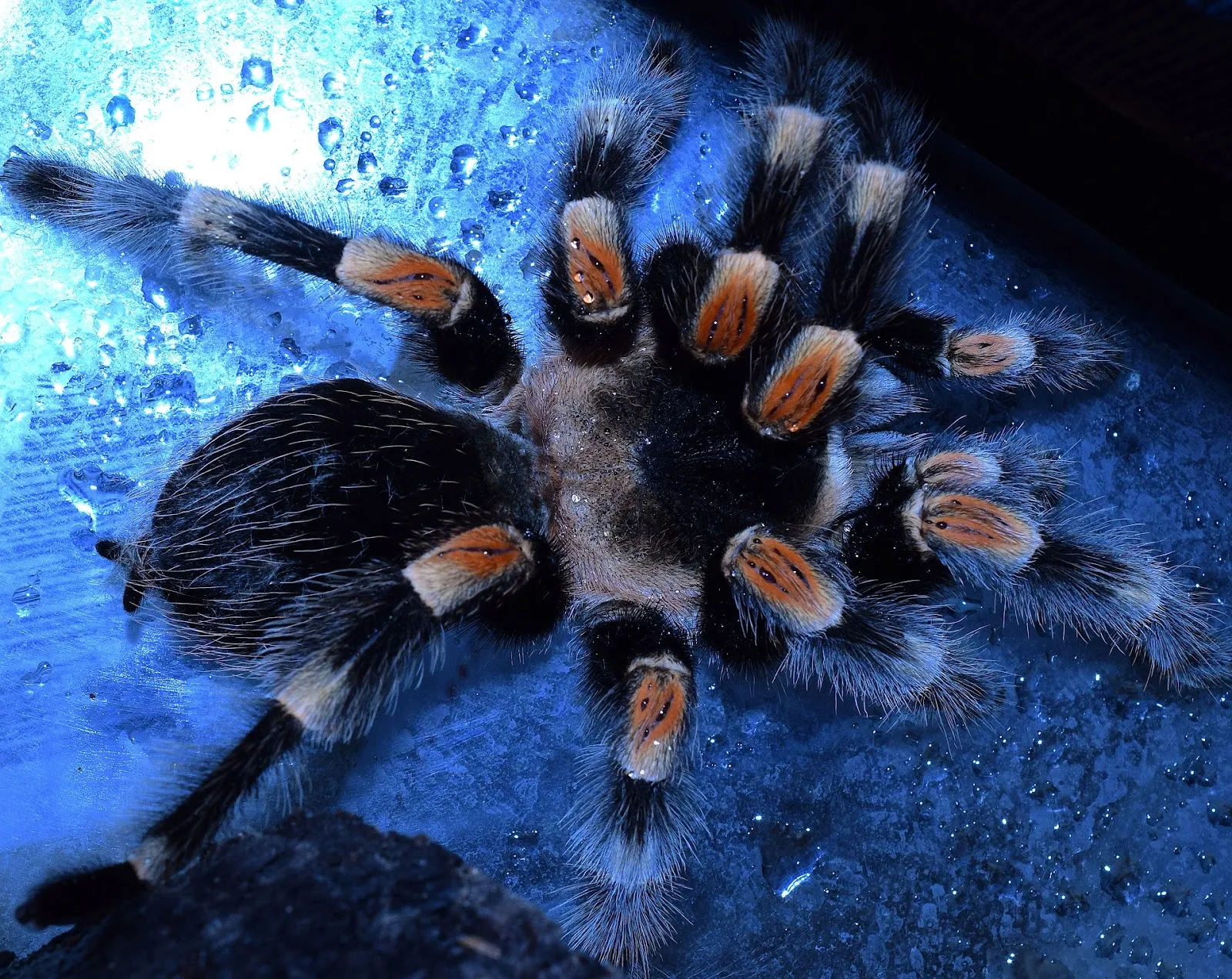
A shallow water dish is essential to provide your tarantula with a constant source of fresh water. The water dish should be shallow enough to prevent the tarantula from drowning. Change the water regularly, ideally every day or two, to keep it clean and prevent bacterial growth. Use dechlorinated water to avoid exposing your tarantula to harmful chemicals. Position the water dish in a location that’s accessible to your tarantula, but not directly under a heat source, to prevent rapid evaporation. A properly maintained water dish is crucial to keep your tarantula hydrated.
Temperature and Humidity Control
Maintaining the correct temperature and humidity levels is crucial for your tarantula’s health and well-being. Tarantulas are ectotherms, meaning they rely on external sources to regulate their body temperature. The ideal temperature and humidity levels vary depending on the species, so it’s important to research your specific tarantula’s requirements. Proper temperature and humidity control promotes the healthy molting process and helps to prevent health issues. Monitoring and adjusting these factors will significantly improve your tarantula’s living conditions.
Ideal Temperature Range
Most tarantulas thrive in a temperature range between 75°F and 85°F (24°C and 29°C). Use a thermometer to monitor the temperature within the enclosure. If the temperature is too low, you can use a heat mat or a ceramic heat emitter to provide supplemental heat. Place the heat source on one side of the enclosure, creating a temperature gradient that allows the tarantula to regulate its body temperature. Avoid placing the heat source directly under the enclosure, as this can cause the substrate to dry out. Ensure the heat source is controlled by a thermostat to prevent overheating.
Maintaining Optimal Humidity
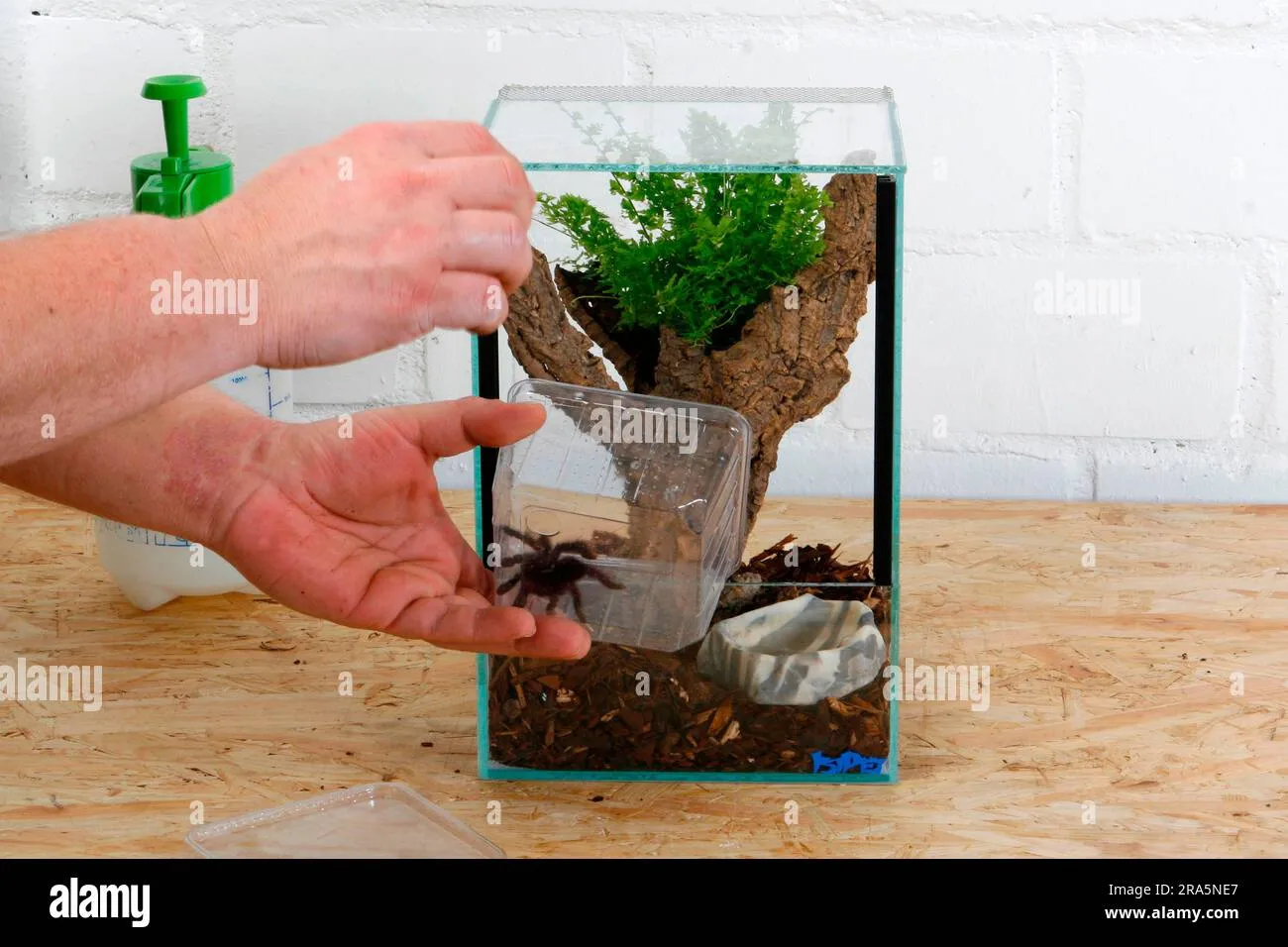
Humidity levels should be appropriate for your tarantula’s species. Use a hygrometer to monitor humidity. You can increase humidity by misting the enclosure with dechlorinated water. The frequency of misting depends on the species and the environmental conditions. Ensure proper ventilation to prevent mold and mildew. For species that require higher humidity, you may need to mist more frequently or use a larger water dish. Always monitor the substrate for moisture. Avoid conditions that are too dry or too humid, as these can lead to health problems. Maintain a consistent humidity level for optimal health.
Feeding Your Tarantula
Providing the right food is essential for your tarantula’s health and growth. Tarantulas are carnivores and primarily eat insects. The type of food, the size of the prey, and the feeding frequency depend on the tarantula’s age and species. Always provide fresh, healthy prey to avoid introducing parasites or diseases. Feeding your tarantula involves more than just providing food; it includes observing its behavior, removing uneaten prey, and adjusting the diet as needed. Remember, a well-fed tarantula is a healthy tarantula.
Appropriate Food Types and Sizes
The most common food sources for tarantulas include crickets, mealworms, dubia roaches, and other insects that are readily available. The size of the prey should be appropriate for the tarantula’s size; the prey should be no larger than the tarantula’s abdomen. Avoid feeding your tarantula wild-caught insects, as they may carry parasites or pesticides. Vary the diet to provide a variety of nutrients. Dust insects with calcium and vitamin supplements. Always remove uneaten prey within 24 hours to prevent stress and reduce the risk of mold growth.
Feeding Frequency Guidelines
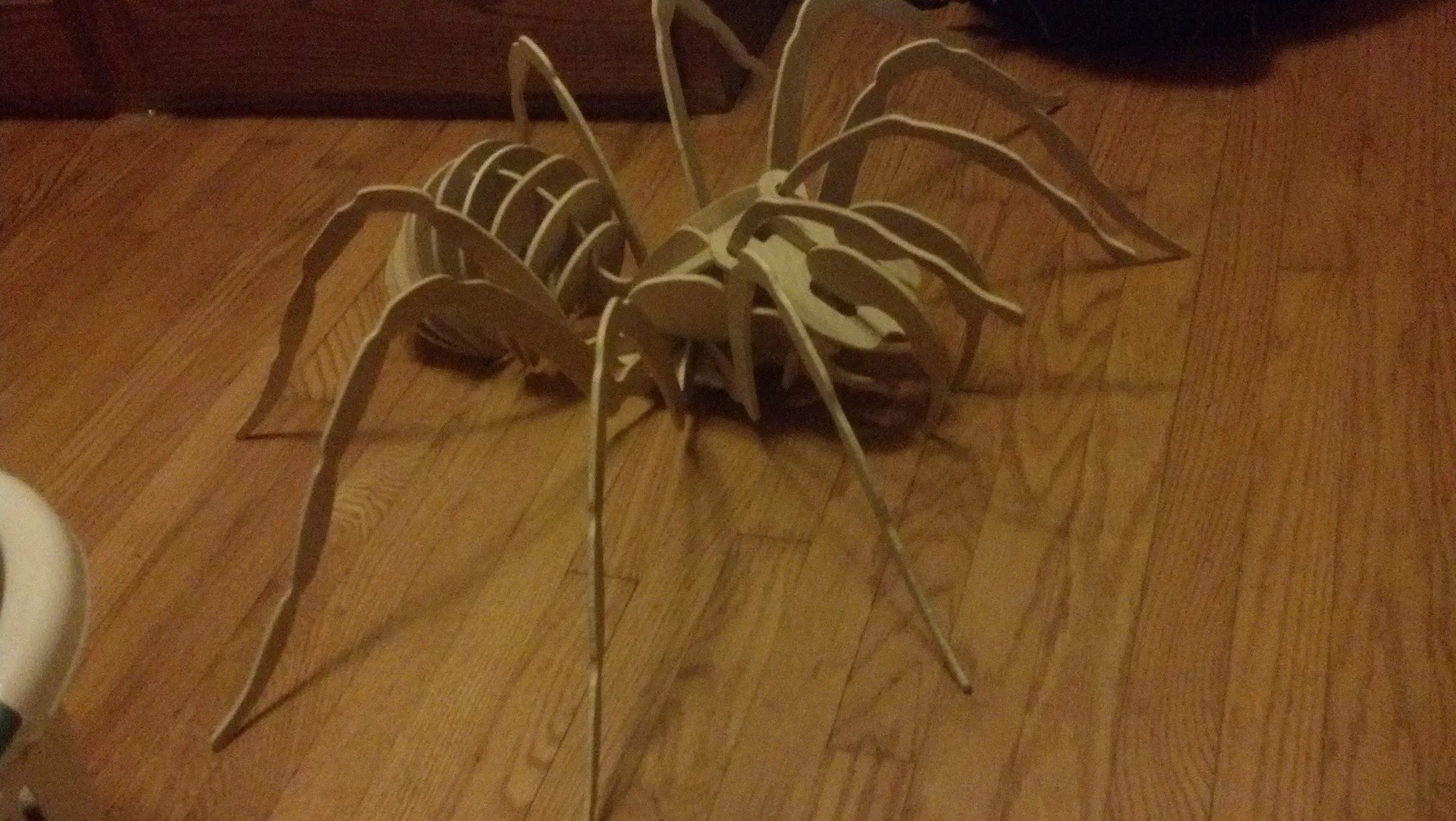
The feeding frequency depends on the tarantula’s age and growth rate. Spiderlings typically need to be fed more frequently, sometimes daily or every other day. Juvenile tarantulas can be fed once or twice a week. Adult tarantulas may only need to be fed once a week or every other week. Observe your tarantula’s feeding behavior to determine the optimal feeding frequency. A tarantula that refuses food may be in premolt. Be careful not to overfeed your tarantula, as obesity can lead to health problems. Adjust the feeding schedule according to the tarantula’s appetite and growth.
Cleaning and Maintenance of the Setup
Regular cleaning and maintenance are essential for maintaining a healthy and hygienic environment for your tarantula. This involves spot cleaning, removing waste, and occasionally replacing the substrate. Cleaning helps to prevent the buildup of harmful bacteria and other pathogens. The frequency of cleaning depends on the species and the size of the enclosure. Maintenance also involves monitoring the temperature, humidity, and overall condition of the enclosure. A clean enclosure helps to ensure the well-being of your tarantula and is essential for its longevity. Create a consistent cleaning schedule and stick to it.
Spot Cleaning and Waste Removal
Spot cleaning involves removing any uneaten food, molted exoskeletons, and fecal matter from the enclosure. Use a pair of tongs or tweezers to remove waste. This should be done regularly, usually every few days, to maintain a clean environment. Avoid disturbing the substrate too much, as this can disrupt the tarantula’s habitat. Be careful not to handle the tarantula during cleaning, as this can cause stress. A clean enclosure minimizes odors and promotes the overall hygiene of the habitat. Remove any visible waste immediately.
Full Enclosure Cleaning Procedures
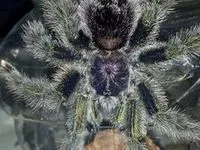
Full enclosure cleaning should be done periodically, typically every few months, depending on the setup and the tarantula’s species. Remove the tarantula from the enclosure, place it in a temporary container. Remove all the substrate and decorations. Wash the enclosure with warm water and a mild, unscented soap. Rinse thoroughly to remove any soap residue. Allow the enclosure to dry completely. Replace the substrate and decorations. Return the tarantula to its clean enclosure. Full cleaning helps to maintain the enclosure’s hygiene and minimizes the risk of disease and infections. Make sure the temporary container is secure.
In conclusion, setting up a tarantula habitat is a rewarding experience. Following the guidelines outlined in this “Tarantula Setup 101 Your Ultimate Guide” will ensure you create a safe, comfortable, and enriching environment for your pet. Remember to research your specific tarantula species, as their needs may vary. With careful planning, proper setup, and consistent maintenance, you can enjoy the fascinating world of tarantulas for many years to come.
